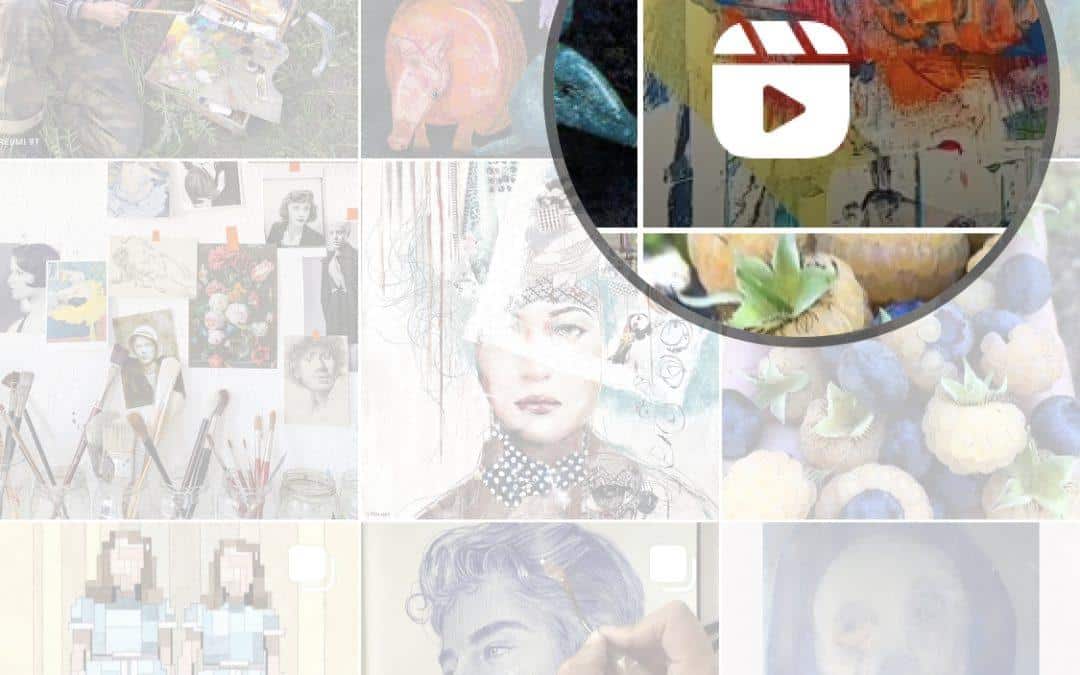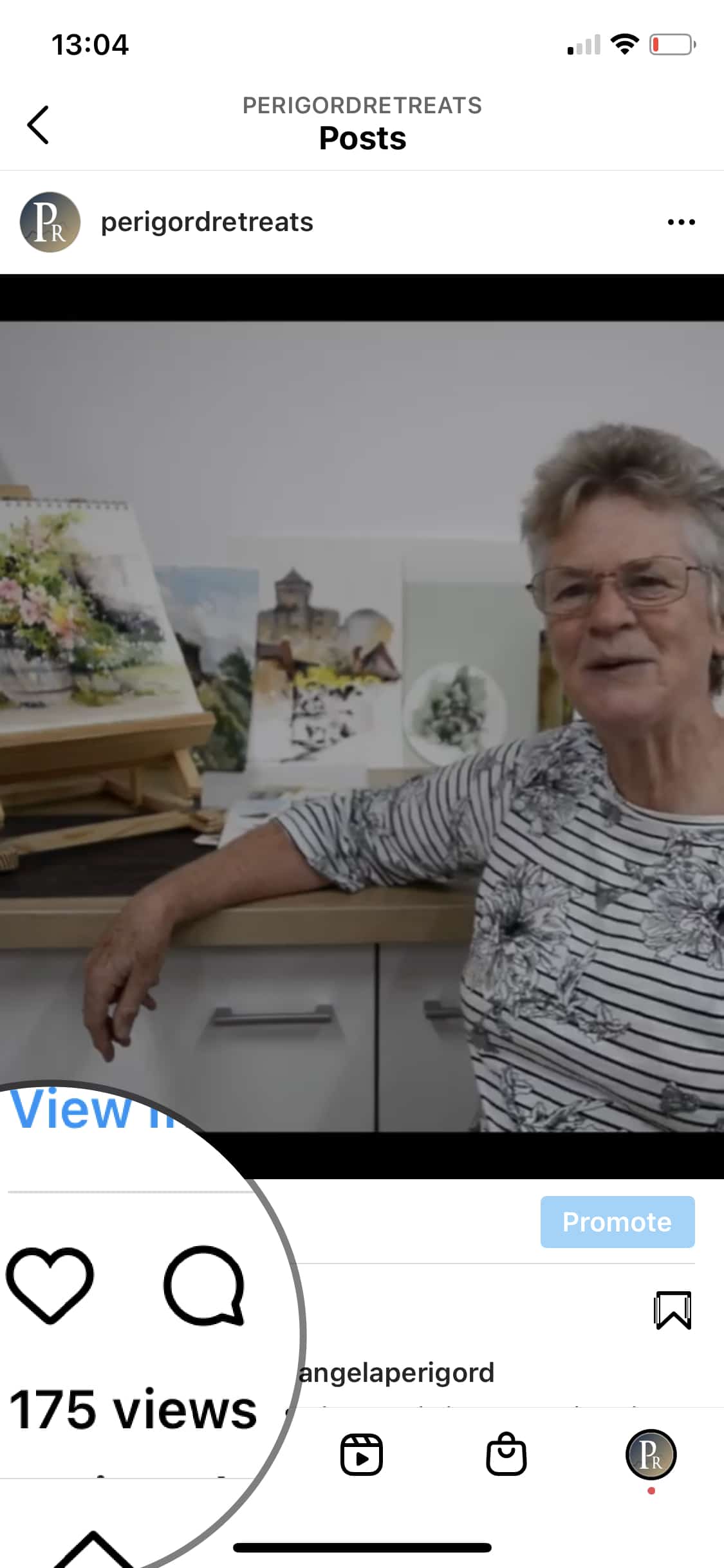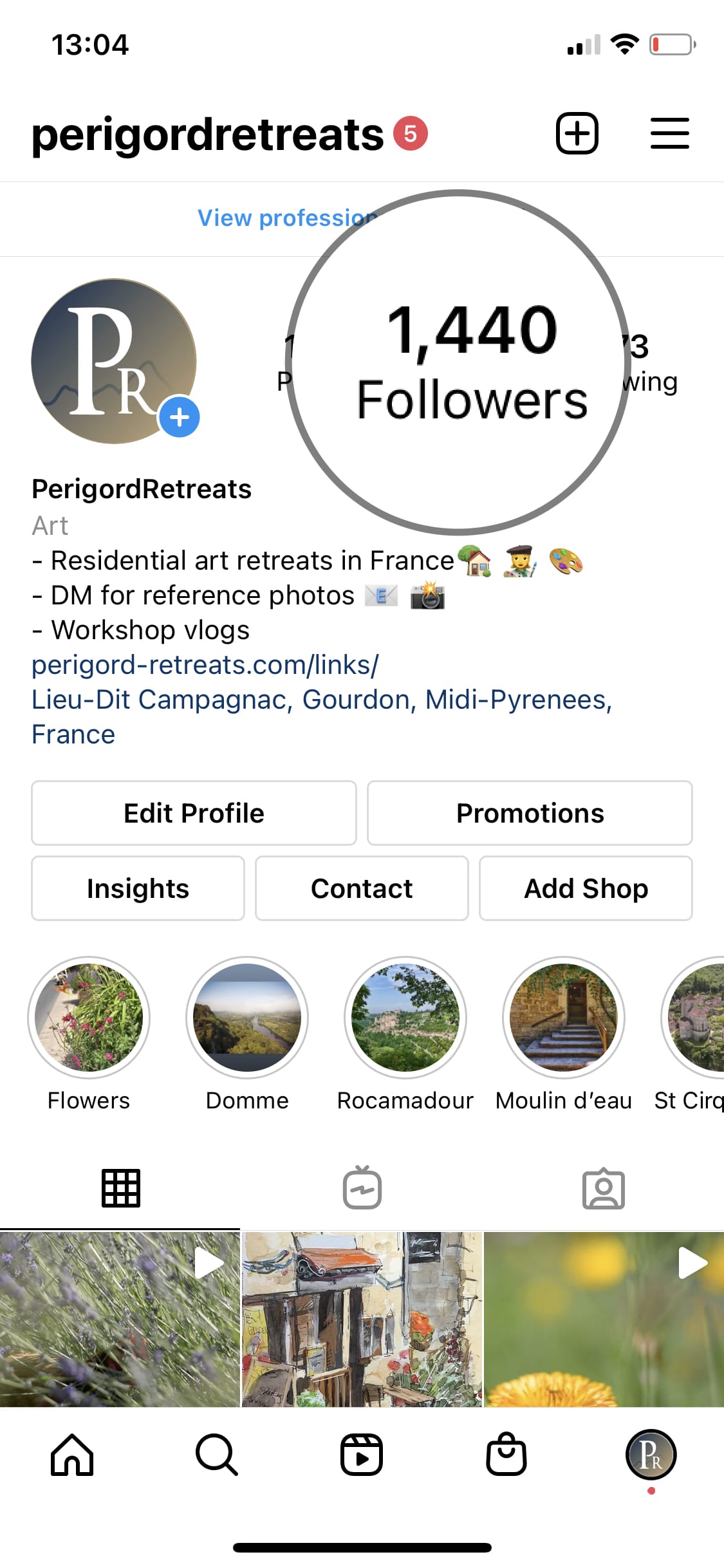Social Media For Artists
I know that some of you are already thinking you don’t need to read about social media for artists… You might be thinking – “I don’t have a massive following on social media but my business is doing fine!”
If this is the case for you, I’m guessing you’re one of the following:
- You’ve got a great network that you’ve developed over the course of your career and that’s enough for you to achieve your financial targets.
or - You’re one of those people with the ‘gift-of-the-gab”. Very charismatic, people love being around you and working with you. It just comes naturally to you.
And because of one or both of these reasons, you feel like social media isn’t directly tied to your success in any way.
Well here’s my rebuttal:
You’re missing out on 99% of your potential. Big claim, I know… But bear with me.
If you’re one of those people who fit my guess above, then it’s because of the reputation you’ve built over a period of time or because of your ability to create meaningful connections with people.
If you’re not one of the people above, maybe you do realise the importance of social media and you can see that people have grown enormous audiences on social media and that it’s been key to their success… You know that you want to grow your audience but you’re struggling to get the same results…
Look at social media this way – it’s an opportunity to build your reputation (brand) on a large scale, much larger (and easier) than you could possibly dream of without the internet! And what’s more, you can do it if you’re an introvert or an extrovert!
Here’s a couple of examples for you:
- Nancy Medina is an oil painter from Texas. Alongside her husband, they’re a formidable duo. An expert painter and an ex marketing executive. Nancy (with the help of her husband) has created an incredible online brand. When you think of Nancy, you think of Flowers and pugs. You don’t just think ‘another talented artist’. This is the power of branding & differentiation.
- Dreama Tolle Perry is another Talented Texan. I don’t have many details on her back story but she’s another excellent artist who has developed a unique brand by combining art, meditation and general ‘thinking’. Dreama brings these entirely separate interests together in a way that makes complete sense and is a ‘product’ that offers far more than ‘another painting lesson’.
Instead of blending in with the majority of artists constantly scrabbling for attention on a daily basis, these 2 artists made themselves stand out from the crowd by specialising in something specific within the world of painting.
The rest of this article will give you a few ideas on how you can make the most out of your social channels. It goes for every type of professional artist. It doesn’t matter if you’re trying to fill up your in-person workshops, online classes or just sell your artwork through commissions or on your online store. You NEED a good reputation and you NEED to be able to scale it.
I’m starting with this channel because it’s my personal favourite social media for artists and I’ve seen a lot of different artists get incredible success from it!
Instagram is an ever-changing online environment. So it is very important to stay up to date with its new features in order to get the best return on your time investment.
A simple example is the release of Instagram’s most recent new feature ‘Reels’. Instagram spent a lot of time promoting this new feature to encourage people to use it.
So what does that mean in real terms? It means that people who started creating Reels as soon as the feature was released benefitted from Instagram’s algorithm pushing their content to new people.
Take your phone right now. Open the Instagram app, click on the magnifying glass at the bottom… What is your eye immediately drawn to? The largest image on the screen, which is almost certainly a ‘Reel’ video. This content is from people who you do not follow.
What’s more… When you do watch someone’s Reel, look how much screen real estate you get! Minimal distractions equals more attention on you, your video and your brand. (see below).
There are tons of other tips like this to get your content out to people who don’t follow you so that you can grow your page, but that’s for another blog. (Otherwise, drop us an email, we’re always happy to help other artists).
The main reason I like Instagram is that it has a lot of users. But it’s still possible to grow your page organically. You can also post a wide variety of content on Instagram.
Facebook definitely isn’t what it used to be… In 2008 you could post something on Facebook to your 100 fans and it would be seen by 500 people… That means 400 of those people weren’t following you… A massive opportunity to grow your page organically! That didn’t last forever though.
As Facebook became more and more popular, it got more and more competitive. In 2021, if you post something on your Facebook page tomorrow, you’ll be lucky if half of the people who follow your page see the post.
In my opinion, the opportunity that exists on Facebook today is to create and maintain a community of like-minded people. Ok, so what does that mean to you?
It means that if you haven’t done so already, you should have a ‘Facebook Group’ that you use to interact with artists about a specific topic. It could be sharing tips, stories and experiences about painting en Plein air. Or it could be about materials, critiquing each other’s paintings or literally ANYTHING.
Just make sure that you’re sharing value and not selling anything. Or telling people to follow your social media pages, join your email newsletters or anything like that. Your community should be a ‘safe’ environment for people to socialise online. No selling. No Calls To Action. No advertising. No marketing. People don’t like being sold to. Let me repeat that, people don’t like being sold to.
People aren’t stupid – if they appreciate the value that you share, they’ll find their way to your page and follow you themselves. You’ve found people that way before, right?
The only way that you’re going to grow a community (and by default, build your brand), is by consistently sharing great value over a long period of time. It’s that simple. ish.
TikTok
I know what some of you are thinking – TikTok is for kids to watch videos of other kids dancing on and it’s definitely not a ‘social media for artists’. Nobody my age is using it… DON’T FALL INTO THE SAME TRAP.
If you currently hold this opinion, I’m guessing you thought a similar thing about Facebook in 2006-2008. My advice to you is to take advantage of TikTok right now before it’s too late. Spend 4 hours watching art-related TikTok videos to see how it works, what make a video popular and how to use the platform. Then start making your own content and watch your audience grow!
Some of our friends have had over 800 views on the first video they posted on TikTok and they had 0 followers at the time. I bet if you post a video on Instagram now, you won’t get 900 views and you’ve probably got over a thousand followers.
Not every artist necessarily needs to use Pinterest. I think that it’s a great platform for artists who want to sell their paintings, but not necessarily for growing an audience or a loyal following. My reasoning is as follows. On Pinterest, you can post a photo of your painting and put a backlink to your website. This allows you to drive traffic to your website and eventually convert them into sales. It’s not the best platform for conversations, nice captions on your post or meeting new people, it’s really based around sharing ideas, inspirations and products.
YouTube
This is DEFINITELY my second favourite platform. Content is evergreen and you can make longer videos compared to other platforms. When I say evergreen, I mean that if you make a great video, you’ll still get getting views 10 years later. That means that your audience will still be growing 10 years after you created the video, without you having to do ANYTHING.
Let’s compare that with Instagram. Post a video and within 48 hours, it’s dead. Gone to the world. Nobody sees it anymore, nobody ‘likes’ it or ‘shares’ it with a friend. The potential of YouTube is clear.
The downside is it takes a lot more effort to make a great YouTube video. But, you can take this one video and repurpose a lot of the content into little snippets you post on Instagram in the form of short videos or quotes. You can also take a transcript of the audio and turn it into a blog. The possibilities are endless.
Take our YouTube channel for example. We’re not in the place we want to be (thanks, COVID!) but we do have a plan. Part of that plan is that we post vlog videos from old retreats and use these videos to help us find new group leaders who might want to collaborate with us. Of course, it’s just one part of many things that help grow our brand but it’s proven to increase our chances of finding new group leaders.
To conclude
As I’m sure you’re well aware, there are lots of other social media platforms and a million ways to grow your audience using each one of them. Of course, it takes a lot of effort to consistently provide value to your audience. My advice would be to focus on 1 or 2 platforms and make the most out of them! Find something that suits you and fits around your schedule, but be mindful that you only get out what you put in!
So there you go… A quick guide on social media for artists and why you need to be great at it to succeed in 2021. If you enjoyed this article, you might like this one we wrote about taking great reference photos with your smartphone. I would be happy to write more about specific ways in which artists can grow their businesses through social media. Just let me know what you want to hear more about!






